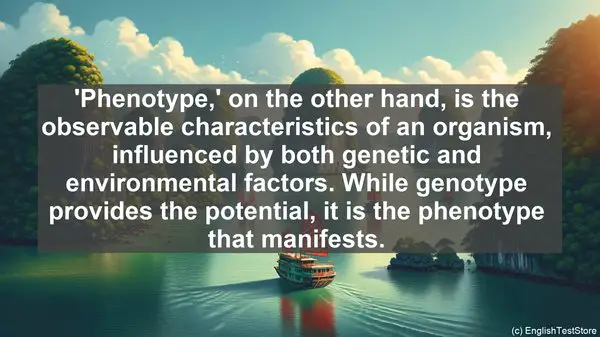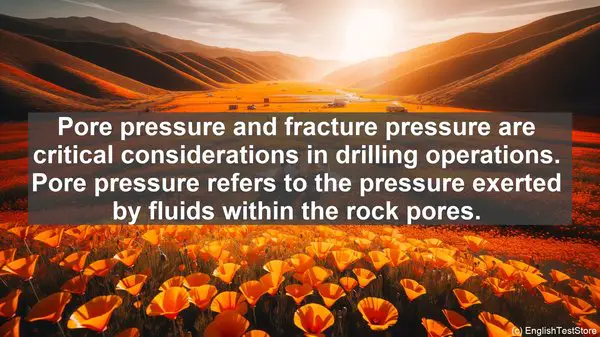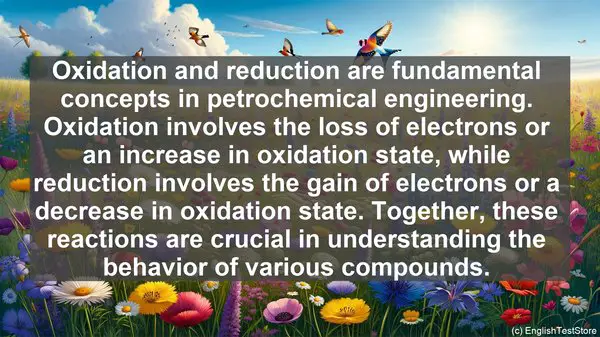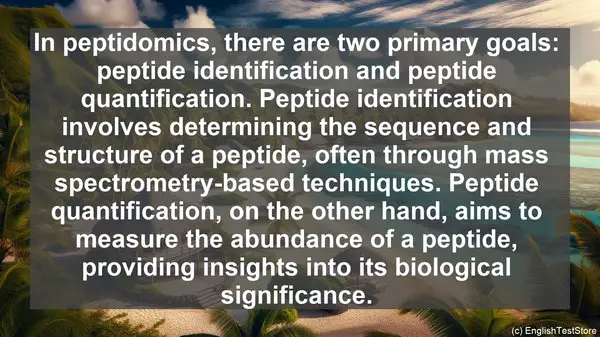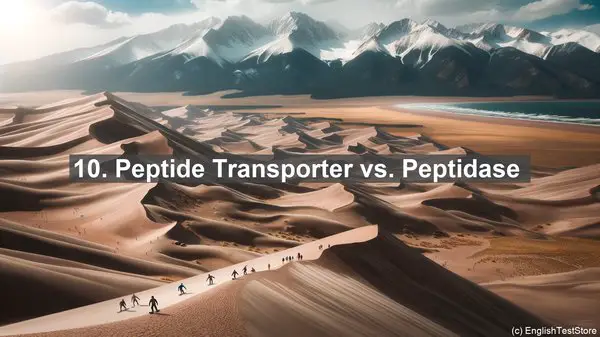Introduction
Welcome to today’s lesson on the top 10 commonly confused words in pharmaceutical chemistry. As you progress in your studies, it’s essential to have a firm grasp of these terms. Let’s dive in!
1. Efficacy vs. Effectiveness
While both terms refer to a drug’s ability to produce a desired effect, efficacy specifically measures the drug’s performance under ideal conditions, whereas effectiveness considers real-world scenarios.
2. Solubility vs. Dissolution
Solubility refers to a substance’s ability to dissolve in a solvent, while dissolution is the actual process of dissolving. Understanding these terms is crucial for drug formulation and delivery.
3. Pharmacokinetics vs. Pharmacodynamics
Pharmacokinetics deals with how the body affects a drug, including absorption, distribution, metabolism, and excretion. Pharmacodynamics, on the other hand, focuses on how the drug affects the body.

4. Sterile vs. Aseptic
Sterile refers to the complete absence of viable microorganisms, while aseptic means preventing the introduction of microorganisms. Maintaining sterility and asepsis is vital in pharmaceutical manufacturing.
5. Sympathomimetic vs. Sympatholytic
Sympathomimetic drugs mimic the effects of the sympathetic nervous system, while sympatholytic drugs block or reduce these effects. Understanding their actions is crucial for treating various conditions.
6. Bioavailability vs. Bioequivalence
Bioavailability measures the rate and extent at which a drug reaches the systemic circulation, while bioequivalence compares the therapeutic equivalence of different formulations of the same drug.
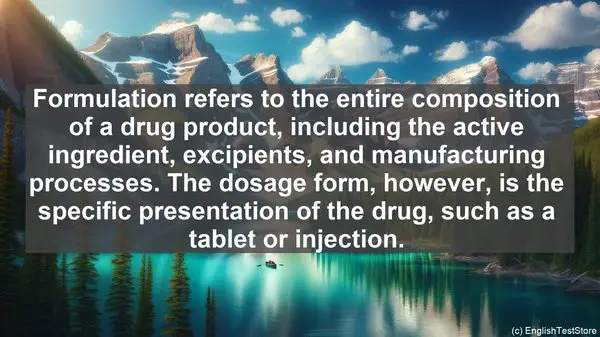
7. Toxicity vs. Adverse Effects
Toxicity refers to the inherent harmfulness of a substance, while adverse effects are unwanted, often dose-dependent, and can occur even with therapeutic drug use.
8. Excipient vs. Active Ingredient
An excipient is an inactive substance added to a drug formulation, while the active ingredient is the component responsible for the therapeutic effect. Both play crucial roles in drug delivery.
9. Formulation vs. Dosage Form
Formulation refers to the entire composition of a drug product, including the active ingredient, excipients, and manufacturing processes. The dosage form, however, is the specific presentation of the drug, such as a tablet or injection.
10. Placebo vs. Nocebo
A placebo is an inactive substance given for its psychological effect, while a nocebo is a harmless substance that can cause negative effects due to the patient’s belief. Understanding these concepts is crucial in clinical trials.

